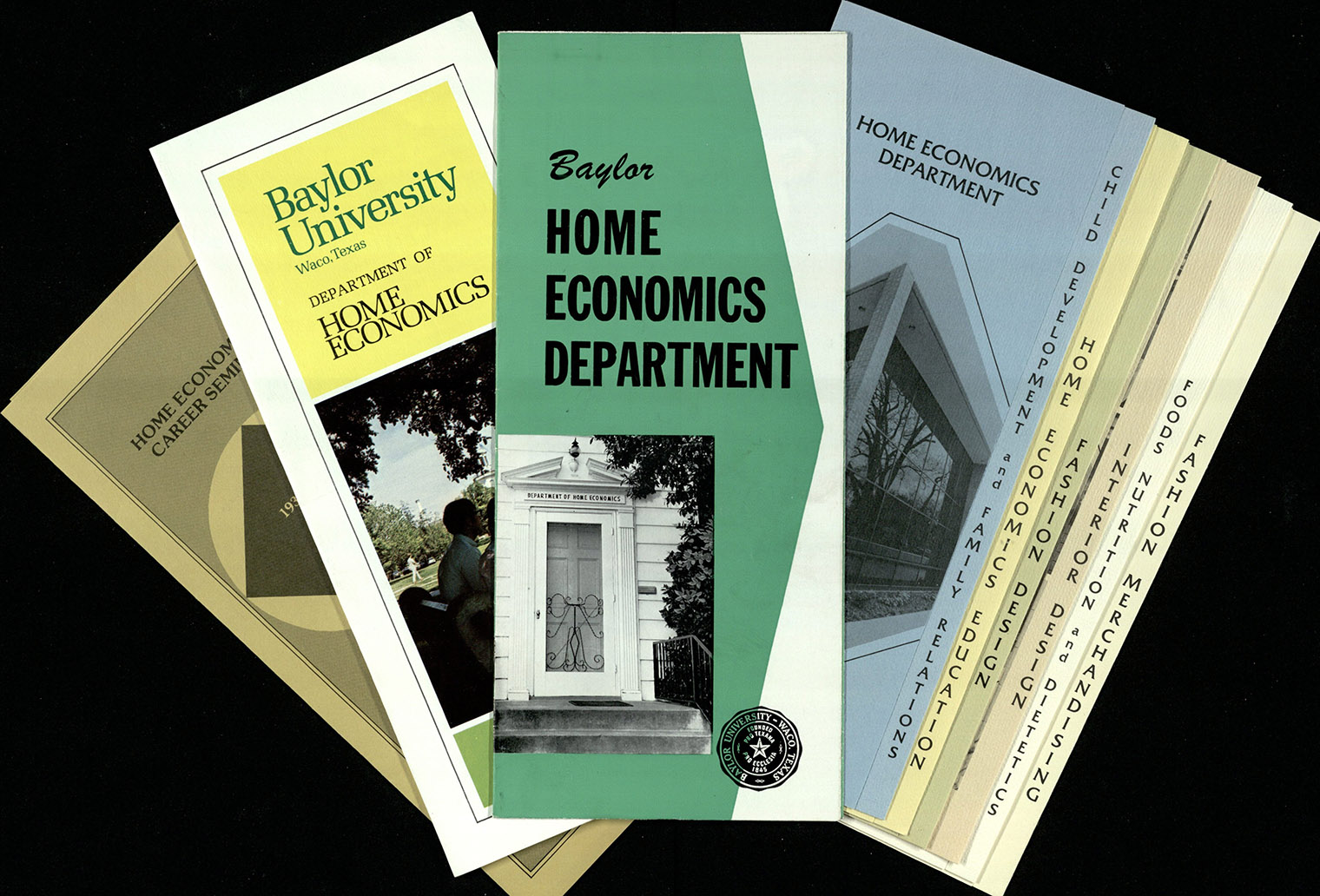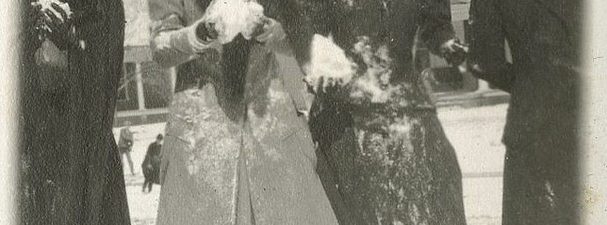by Joseph Lipham, Student Assistant
In 1930, the illustrious Baylor University became officially accredited as a School of Music by the National Association of Schools of Music (NASM). Under the guidance of the School of Music director, Roxy Grove, who was granted the position in 1926, the Baylor School of Music would have quite the pivotal impact on the university. Grove, being a proud Baylor alumna, noticed that the university lacked a solidified alumni song. In 1928, Grove put her ideas to paper and music, and thus, “Alma Mater” was born. Her take on an alumni song for Baylor is quite powerful and somewhat poignant; perhaps the most pervasive line of the tune being, “…All hail Alma Mater, all hail to thee thou guiding star of our destiny…”. Lyrics like these make it undoubtedly evident that Grove, like thousands of Baylor alumni, held the school in the highest of regards. While this song was quite the powerful homage to the beloved alma mater, it did not stick around long; the song would be completely replaced in 1931 by another Baylor alumna, Enid Eastland Markham.

Enid Eastland Markham, wife of Robert Markham, a senior professor of music at Baylor, can be credited for one of the most beloved pieces of Baylor music. In 1931, a large gathering of Baylor exes (also known as alumni), flooded through the doors of the newly constructed Waco Hall. This tradition of Baylor exes meeting to relive the euphoric splendor that was college, was nothing new to Baylor University, as the first such tradition began nearly 22 years prior. However, something was quite different this time; Markham, playing the organ and leading the exes in singing of one of Baylor’s most well-known songs, “That Good Old Baylor Line”, was quite shocked. The origins of “That Good Old Baylor Line” can be traced all the way back to 1907 when a young student named George Baines Rosborough jokingly pinned lyrics for a song based off the Broadway hit, “In the Good Old Summertime.” Rosborough, clamoring for a song to sing at Baylor Bear football games, sat and wrote lyrics that mocked Baylor’s then crosstown rival, Texas Christian University (TCU). The original parody lyrics spoke of the Baylor football team doing the opposing team “…up in turpentine…”. Markham, in one of her correspondences regarding her version of the song, claimed the words “…remained inadequate and even absurd…”. Markham even went as far as to say “…I was struck anew with their utter unworthiness as I watched a group of dignified, middle-aged Exes solemnly intoning the ridiculous little turpentine words…”


![Harding, Glenn T. Rails to the Rio. [Raymondville, TX]: [Glenn Harding], [2003]. Print.](https://farm5.staticflickr.com/4554/37945624935_fc6272a6ef_o.jpg)
![Collias, Joe G. The Texas & Pacific Railway: Super-Power to Streamliners, 1925-1975. Crestwood, MO: M M Books, [1989]. Print.](https://farm5.staticflickr.com/4527/37945625075_147a4a9c1c_o.jpg)








![Mission San Antonio de Valero [The Alamo] by Donald Yena](https://farm5.staticflickr.com/4447/38093854391_b4f16473aa_o.jpg)
![Armstrong, Yvonne M. Black Trailblazers of San Antonio, Texas: Their Businesses, Communities, Institutions and Organizations. San Antonio: Inkbiyvonne, [2006]. Print.](https://farm5.staticflickr.com/4473/38041078916_203bf506f6_o.jpg)
![The Majestic Hotel and Bath House Co. [Marlin, Texas?]: [publisher not identified], [between 1908 and 1920?]. Print.](https://farm5.staticflickr.com/4486/26317334539_6cca6730c7_o.jpg)
![Jordan, E. P. Souvenir of Austin, Texas. Brooklyn, N.Y. : Albertype Company, [1907]. Print.](https://farm5.staticflickr.com/4506/37384595144_12a70af086_o.jpg)


